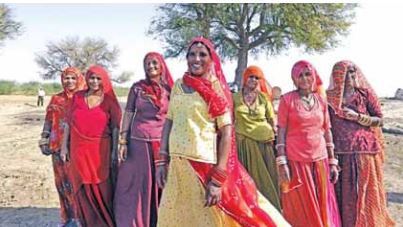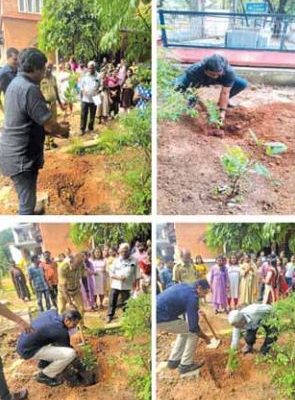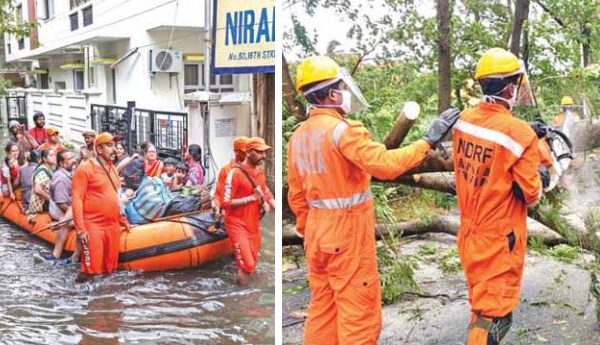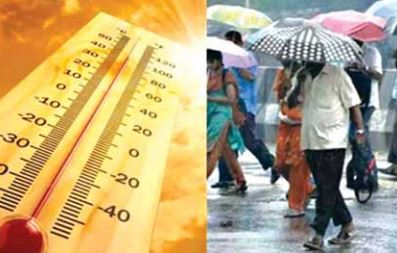
Catastrophic Landslide in Vilangad, Kerala: A Community in Crisis
On July 30, 2024, at approximately 5:45 AM IST, a devastating landslide struck the serene village of Vilangad in the Kozhikode district of Kerala, leaving a trail of destruction in its wake. This catastrophic event was triggered by relentless heavy rains that have plagued the region, resulting in the tragic loss of at least one…









